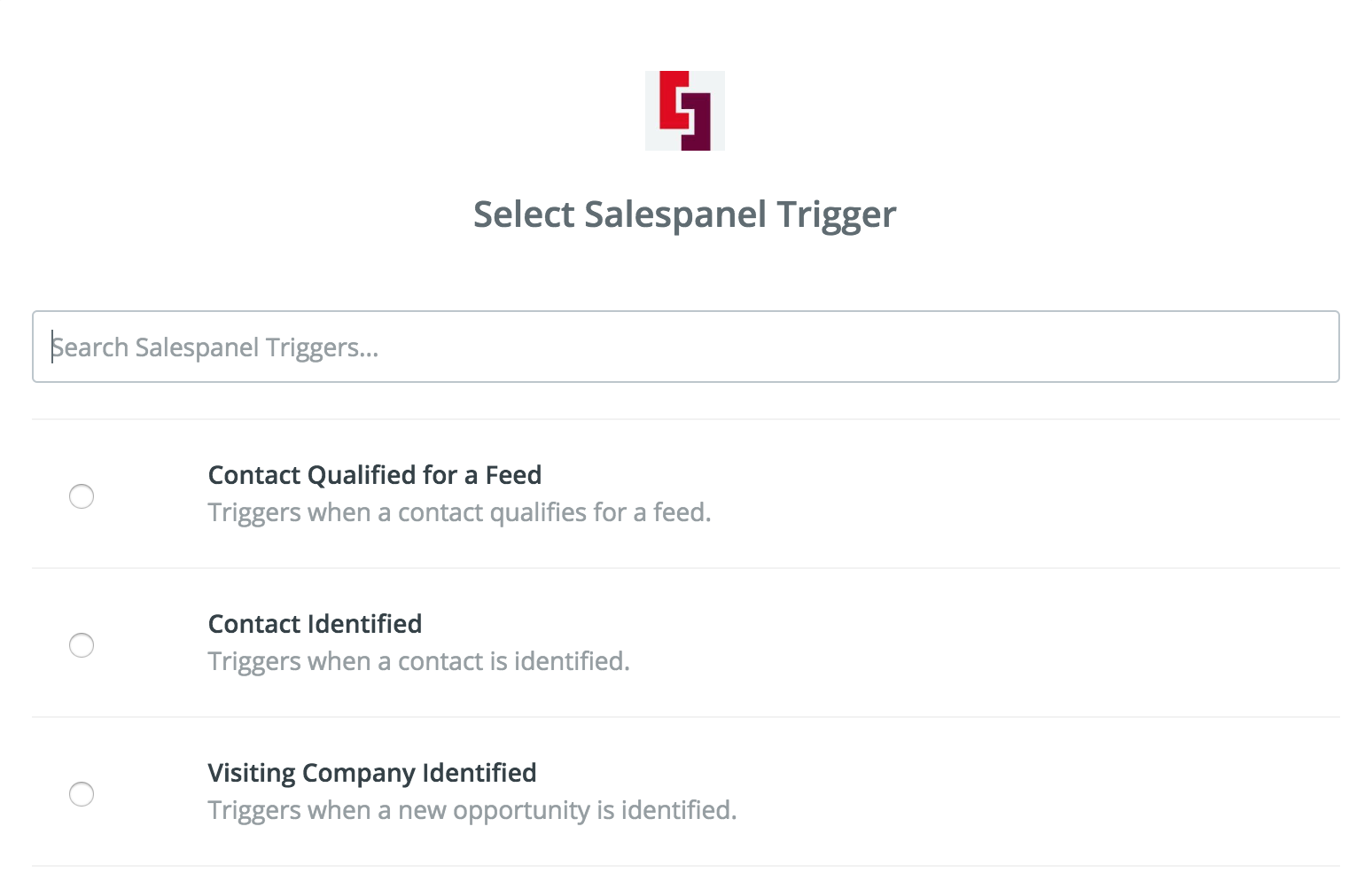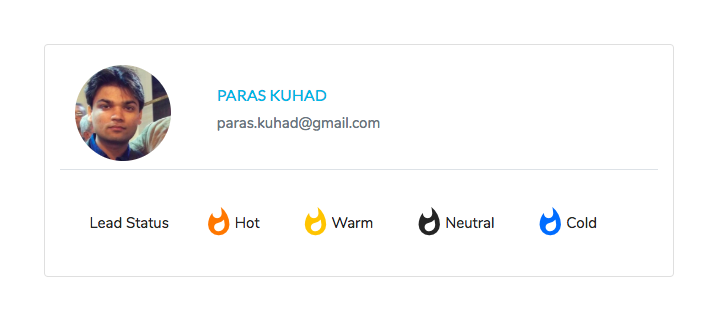Become a proactive marketer with intelligence tools
Before we discuss what proactive marketing is and how you can master it, let’s first look at the traditional marketing stance. Businesses would run marketing campaigns and once they are complete, they would look at the reports and determine if the campaigns were successful or not. For example, let’s assume that you run an ad campaign for your online store. Once the campaign finishes, you calculate your ROI and decide if the campaign was profitable. If the campaign fails, there isn’t much you can do except taking the loss. This is reactive marketing which is often inefficient.
Marketers have now started to switch to proactive methods for better ROI. In proactive marketing, marketers take a stance where they aim for a predictive outcome for efficiency. This is done by analyzing data in real time and optimizing campaigns on the go which minimizes chances of failure and generates favorable results.
We designed Salespanel to be a powerful intelligence tool for proactive marketers. There are few other tools like VWO, Optimizely, etc. which will also help you increase conversions. We will discuss some proactive marketing strategies in this article.
Analyze Data in Real-Time
Proactive marketers analyze data and take actions in real-time. As soon as the traffic starts flowing in from a campaign, they start analyzing the quality of traffic, check conversion rates and optimize the funnel. Salespanel tracks and logs activities of website visitors in real-time even when they don’t end up signing up. Salespanel also identifies companies of unidentified visitors and enriches profile data of signed up users. This helps marketers immediately identify if traffic quality matches their Ideal Customer Profiles.
The tracked visitor data helps marketers know which pages users are visiting and where traffic is bouncing from. For example, if users are bouncing from a lead magnet form, it means the form can be tweaked to improve conversion rates. Marketers also check visitor recordings and heatmaps with tools like Hotjar and identify bottlenecks in user experience.

A/B Testing
Another thing proactive marketers heavily rely on is A/B testing. A/B testing is a process where you conduct experiments with different variants of your content (ad copies, user flow, funnels etc.) and determine which variant brought the most conversions. An A/B test can also be performed after weak points are detected and fixed from real-time analysis (as mentioned before). To give an example, a marketer can run small experimental campaigns that take visitors to two different lead magnet designs. He will then determine which lead magnet got better results and use it for the main campaigns. Software like VWO and Optimizely help in A/B testing to optimize conversion rates.
Workflow Automation
Marketers observe the behavior of visitors and segment cohorts to create personalized user experiences. The experience is created by setting up workflows based on profile data and user behavior. An example of this will be creating customized email follow-up campaigns for SME visitors who check out Enterprise plans page on your website.
On Salespanel this can be achieved by setting up a Zapier workflow where users who qualify for a feed are exported to an email marketing tool.

Predicting Churn Before It Happens
Businesses love retaining their customers. To many companies, retaining long term customers is more favorable than acquiring new customers. Proactive marketers reduce churn by identifying users who are going ‘cold’ and trying to re-engage with them.
Salespanel shows ‘temperature’ of leads based on their engagement status. This helps in identifying leads who are going cold and re-engaging with them. The goal is to win back the customer before it’s too late.

With a proactive approach, you will be able to find out problems in your funnel, address them, optimize user flow and bring more ROI to your business. This will keep you one step ahead of competitors who take a reactive approach to marketing.
Sell more, understand your customers’ journey for free!
Sales and Marketing teams spend millions of dollars to bring visitors to your website. But do you track your customer’s journey? Do you know who buys and why?
Around 8% of your website traffic will sign up on your lead forms. What happens to the other 92% of your traffic? Can you identify your visiting accounts? Can you engage and retarget your qualified visitors even if they are not identified?


